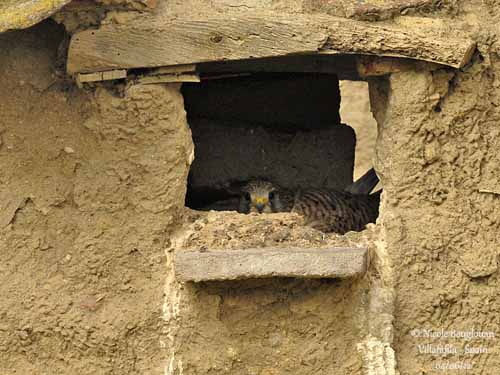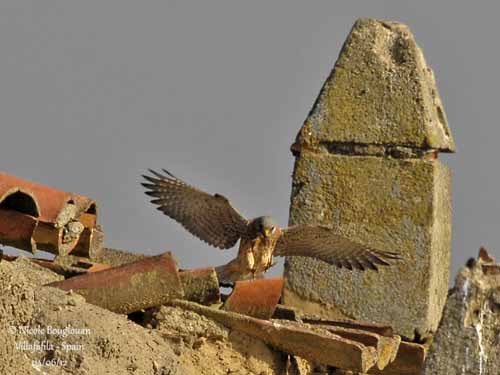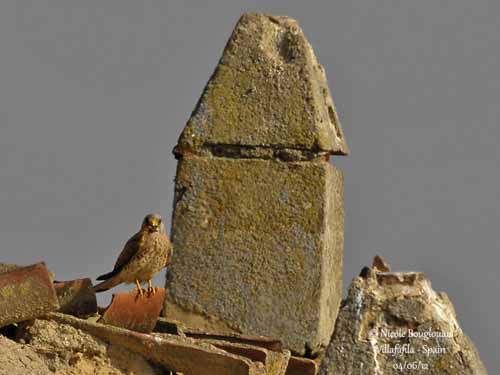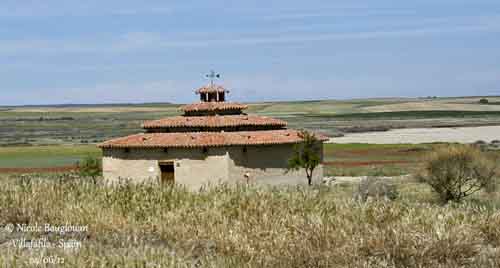
Text and pictures by Nicole Bouglouan
Sources :
GUIDE DES RAPACES DIURNES – Europe, Afrique du Nord et Moyen-Orient de Benny Génsbol – Delachaux et Niestlé – ISBN : 2603013270
Les terroirs en Vieille-Castille et Léon : une structure agraire
Going through Villafáfila
First part
Castile and León includes a large part of Spain’ Meseta Central surrounded by mountains. The Duero River crosses this wide province, involving several types of habitats, from high dry arid meseta to greener lowlands and cultivated areas.
The architecture of this region is closely associated to the soils. Clay, stone and slate are the base of every structure, including the typical and historical pigeon houses scattered through the landscapes of Villafáfila.

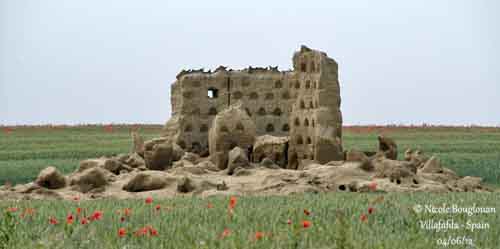
These pigeon houses are built with materials found in the close area, such as clay and fawn giving adobe, stone, slate, bricks and tiles. They perfectly fit in the surrounding countryside.
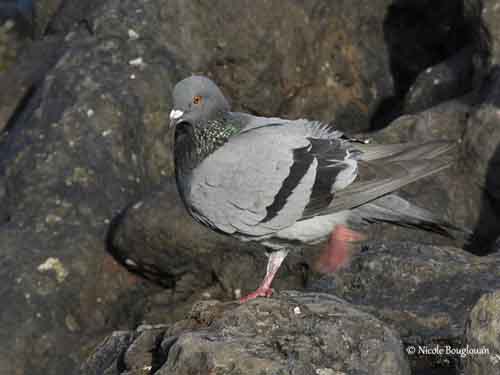
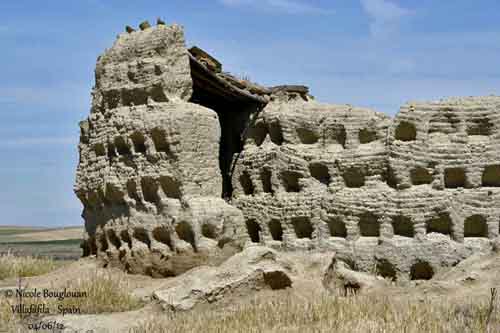
Inside, walls with small cavities set in them are separated by corridors. The pigeons nest in these cavities, and fly through the corridors.
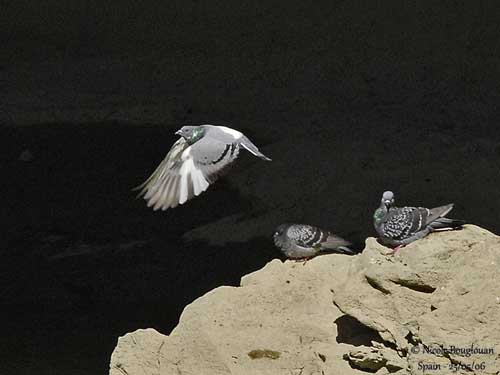
Formerly, pigeon houses were closely related to owner’s wealth. Pigeons were really appreciated for their flesh and were an important food resource and the droppings or “palomina” were used as natural fertilizer in the cultivated fields.
Their origin was tied to Roman arrival, but they become full part of history in late 18th century.
Today, some of them are still used, whereas the others give an account of Castile and León’s past. The rehabilitation of these structures is in progress in several parts of the region, as an important part of the cultural heritage.
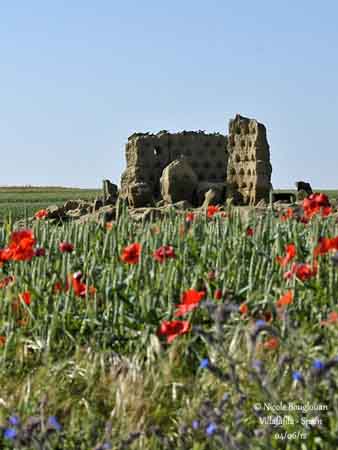
However, several birds’ species made good use of partially destroyed or falling in ruins pigeon houses…
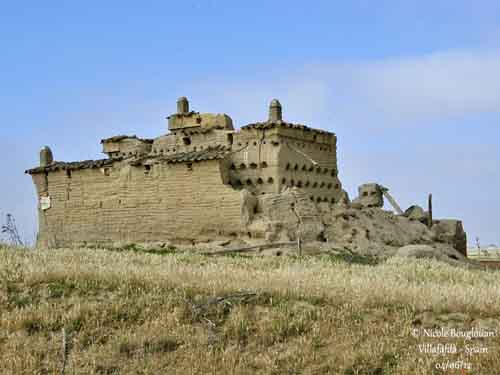
The Lesser Kestrel (Falco naumanni) uses them for breeding, and especially in Villafáfila in Castile and León. It favours ruins and old constructions, as well monuments and stone walls as these peculiar structures.
We have found a pair nesting in a cavity in a pigeon house situated on the roadside, in an abandoned village. The male was carrying a prey in the bill, probably a mole cricket. It came to perch on the roof of the pigeon house, looking around and watching us in the car.
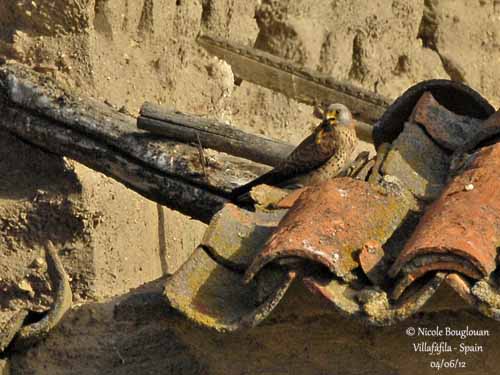
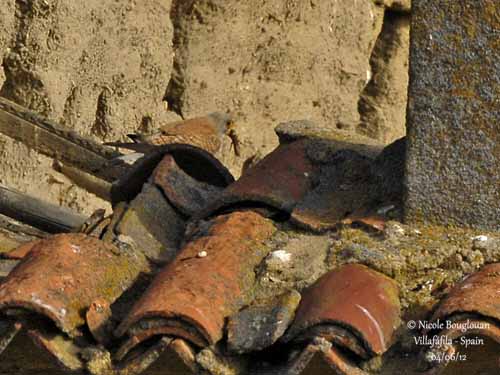
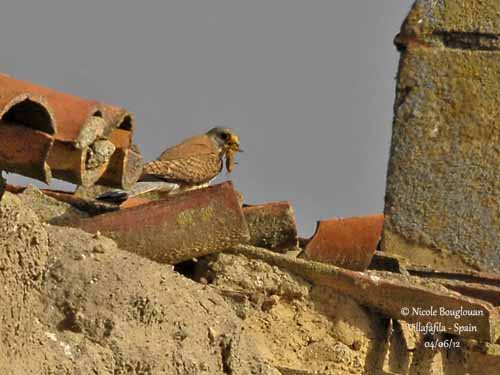
It will wait some minutes, moving several times but always on the roof. I do some pictures and then, we go to the side of the construction to reach the lagoon (completely empty!).

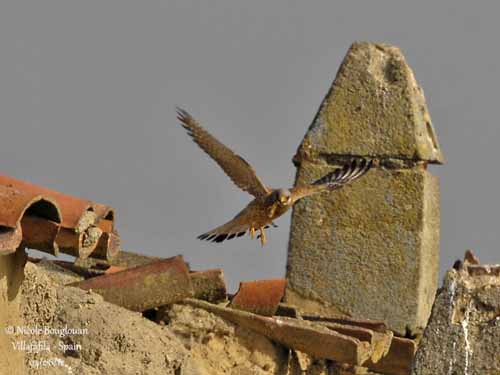
At this moment, we saw something in a hole. There was a female incubating at nest with only the head visible on the rim of the cavity. I made three shots from the car and we went away from the area to avoid more disturbances.
The male is probably feeding her at nest while she incubates the eggs. Please, don’t disturb…
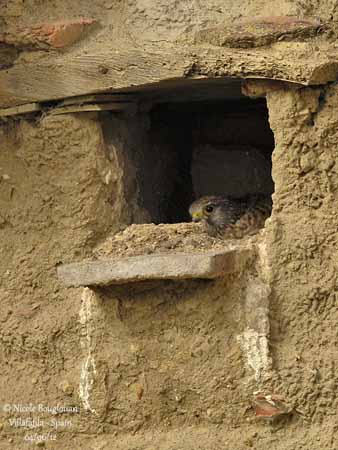
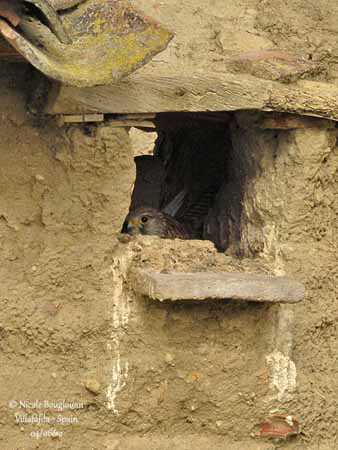
The Lesser Kestrel is a migratory species. It winters in Africa, south of the Sahara. This is an uncommon bird of prey compared to the abundant and very similar Common Kestrel (Falco tinnunculus).
It frequents dry steppes and semi-desert areas with some vegetation. It feeds mainly on insects, but also takes small rodents and sometimes reptiles. When hunting, it performs low flycatching and drops onto the located prey. Some flying insects can be caught on the wing.
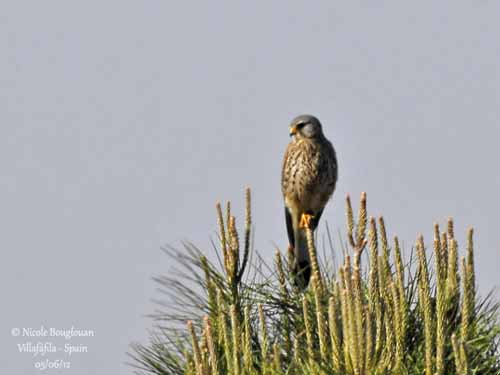
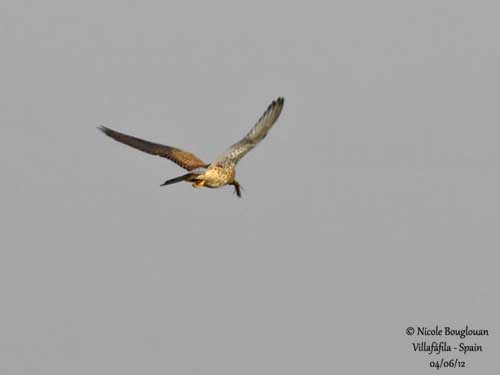
This species may breed in colonies of about 100/200 pairs, but sometimes as isolated pair too. Both adults, but mainly the female, incubate the 2-6 eggs during 28-29 days and the juveniles reach rapidly their independence. They leave the breeding areas in late July / early August and disperse during some weeks before the true migration in early September. They return to the breeding grounds in March-April.
